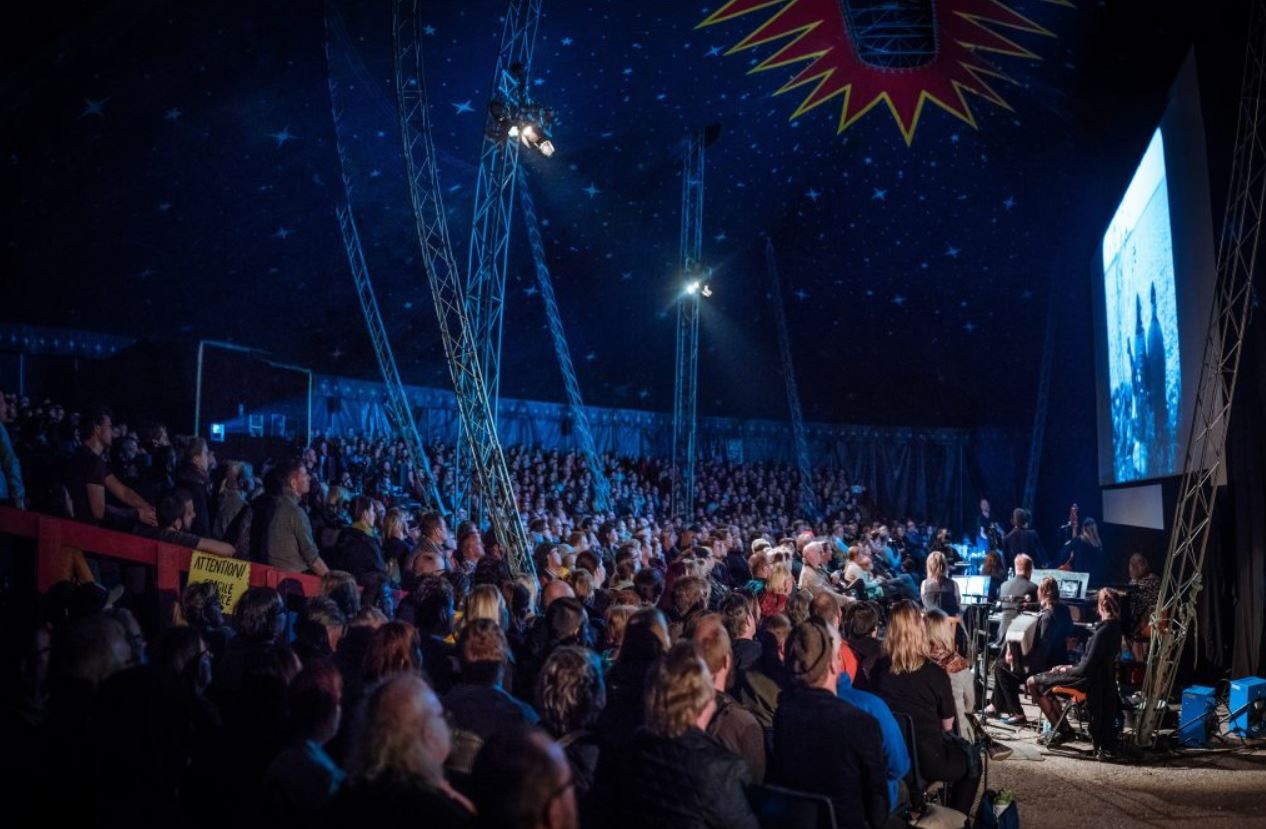What are the rules and regulations for hiking and camping in Finland's national parks?
Post ByAdequate Travel
Summary
Hiking and camping in Finland's national parks can be a great way to enjoy the beauty of the country and all that it offers. But it's important to be aware of the various rules and regulations in place to keep the parks and their visitors safe. In this blog post, we'll be exploring the various regulations that apply to hiking and camping in Finland's national parks. Stay informed about any travel restrictions or travel rules in place, as they may vary depending on your destination within the country.Rules and Regulations for Hiking and Camping in Finland's National Parks
1. Camping Permits:
When camping in Finland's national parks, it is required to obtain a camping permit, except for designated camping areas within the parks.
Example: Campers must obtain a camping permit from the park authorities before setting up tents in non-designated camping areas.
2. Tenting:
Campers should pitch their tents in designated camping areas when available. If camping in non-designated areas, it is essential to follow the "Everyman's Right" principle, which allows camping for a night or two, as long as it does not cause any disturbances or damages to the environment.
Example: Tents should be set up in designated camping spots featuring signs or markers indicating suitable camping areas.
3. Littering:
All campers are required to dispose of their waste properly. Littering is strictly prohibited, and campers should leave no trace of their presence in the parks.
Example: Visitors must bring garbage bags to collect and carry out their trash, leaving the camping and hiking areas clean and untouched.
4. Campfires:
Campfires are allowed in designated fireplaces or fire rings, and only deadwood or firewood bought from the park authorities can be used as fuels.
Example: Campers should refrain from starting fires outside of designated areas and strictly adhere to the park's regulations concerning fire usage.
5. Wildlife and Nature:
Visitors should respect the wildlife and nature within the national parks and avoid disrupting or disturbing the animals or plant life.
Example: It is crucial to keep a safe distance from wild animals and avoid picking or damaging plants, flowers, or trees.
6. Navigation:
Campers and hikers should stick to designated trails and paths to avoid damaging sensitive habitats or getting lost.
Example: Maps or navigation apps specific to the park should be utilized to ensure individuals stay on clearly marked routes.
7. Fishing and Hunting:
If fishing or hunting, appropriate licenses and permits are required. Fishing is often regulated within the national parks, and special permits may be necessary.
An example: Anglers must obtain a valid fishing license from the park authorities before fishing in any lakes or rivers within the park boundaries.
8. Overnight Stays:
Some national parks may have restrictions on overnight stays or camping during certain seasons or in specific areas. It is essential to check the park's regulations before planning an overnight camping trip.
Example: During certain periods, overnight stays may only be permitted in designated wilderness huts or shelters.
9. Park-Specific Regulations:
Each national park in Finland may have specific rules and regulations that should be studied and followed before visiting.
Example: Pallas-Yllästunturi National Park requires visitors to park their vehicles in designated parking areas and prohibits camping or overnight stays outside designated camping zones.
Before embarking on your journey to finland, make sure to check the latest travel guidelines and entry requirements to ensure a smooth tripSuggested Questions
- Tervola Old Church, Tervola: Horror Story, History & Paranomial Activities
- Puumala Old Church, Puumala: Horror Story, History & Paranomial Activities
- Leppävirta Old Church, Leppävirta: Horror Story, History & Paranomial Activities
- Kemi Church, Kemi: Horror Story, History & Paranomial Activities
- Toivakka Old Rectory, Toivakka: Horror Story, History & Paranomial Activities
- Alavieska Old Church, Alavieska: Horror Story, History & Paranomial Activities










